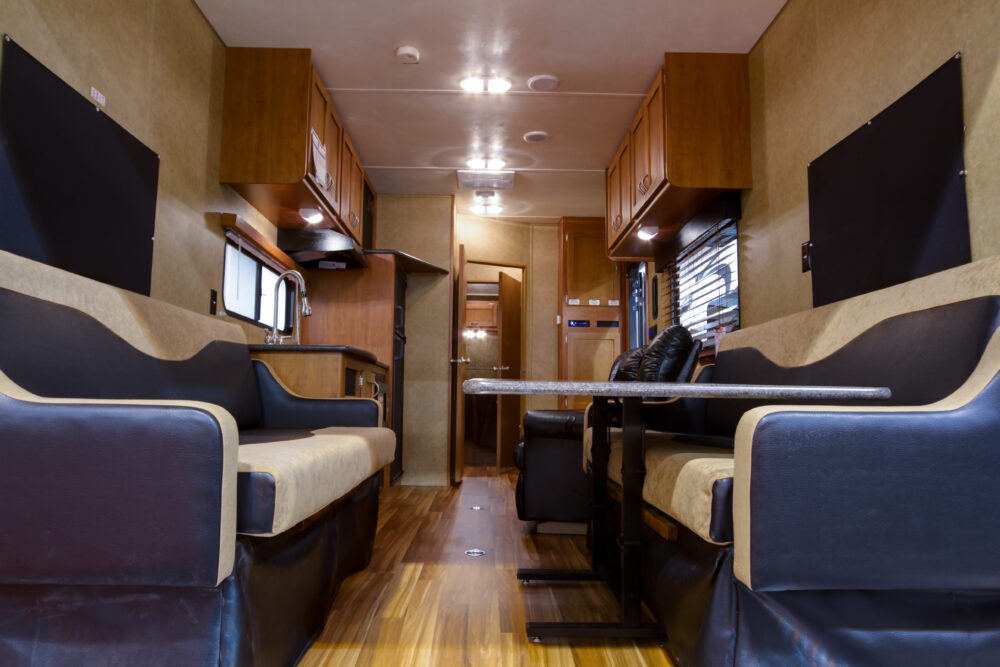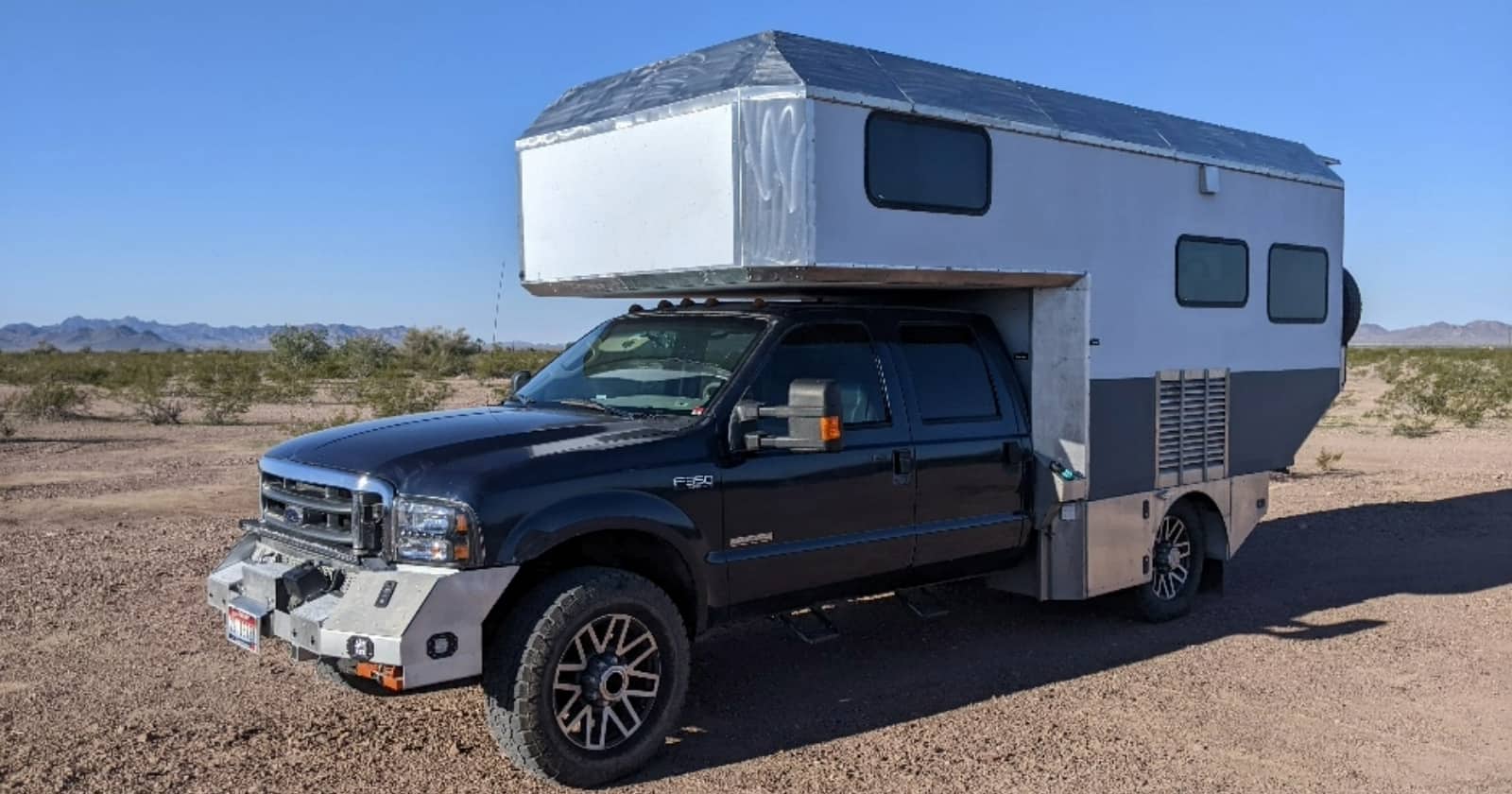
Are DIY RV Renovations Safe? Here’s What You Should Know
The allure of a personalized space, tailored to individual tastes and needs, has led many RV owners down the path of DIY RV renovations. Whether it’s a fresh coat of paint, custom-built furniture, or an entire overhaul of the RV’s layout, the freedom to transform an RV into a dream home on wheels is enticing. However, while these renovations can result in a cozy, custom environment, they can also raise significant safety concerns.
Structural integrity concerns
The design of an RV is a meticulous process, involving engineering decisions based on the vehicle’s balance, weight distribution, and structural integrity. Any modifications, especially major structural changes, can compromise the RV’s balance and safety.
For instance, removing a built-in couch or a storage cabinet might seem harmless, but these fixtures might be part of the RV’s weight distribution strategy. Altering them without a proper understanding can lead to issues with the vehicle’s stability while driving.
Electrical hazards
Electrical work in an RV is not the same as in a stationary home. The RV’s electrical system is designed specifically for the vehicle, with considerations for its mobility, power sources, and limited space. DIY electrical modifications can lead to several problems:
- Incorrect wiring: This can lead to shorts, which can be a fire hazard.
- Overloading the system: Adding too many appliances or devices can overwhelm the RV’s electrical capacity, leading to outages or fires.
- Battery issues: Improper connections or the addition of unsuitable appliances can deplete an RV’s battery life or even damage the battery.
RV plumbing pitfalls
The compact nature of an RV means its plumbing system is intricately designed. DIY changes can lead to issues like:
- Leaks: Even a small leak can lead to significant water damage over time.
- Tank issues: Incorrect modifications can disrupt the functionality of the gray and black water tanks, leading to unpleasant odors or sanitation concerns.
- Water pressure problems: DIY installations might not take into account the RV’s specific water pressure needs, leading to weak showers or potential pipe damage.
Ventilation and insulation worries
Proper ventilation is crucial in such a compact space, not only for comfort but also for safety. Improperly sealed or ventilated areas can lead to mold growth or a buildup of harmful gases. Similarly, if insulation is done improperly during a renovation, it can lead to poor temperature regulation, condensation issues, and increased energy consumption.
Weight distribution and overloading
One of the most overlooked aspects of DIY RV renovations is weight. Adding heavy tiles, furniture, or appliances can lead to overloading. Every RV has a Gross Vehicle Weight Rating (GVWR), which is the maximum amount it’s safely allowed to weigh. Exceeding this can strain the RV’s brakes, tires, and structure, making it unsafe to drive.
Compromised exit routes
In the event of an emergency, like a fire, having clear exit routes is crucial. Some DIY renovations may inadvertently block windows or doorways, reducing the number of escape routes. Always consider how changes might impact your ability to quickly and safely exit the RV.
The importance of professional insight
The concerns listed above don’t mean that RV owners shouldn’t make their vehicles feel like home. However, they highlight the importance of undertaking DIY projects with a good understanding of the RV’s systems and, where necessary, consulting with professionals.
If you’re considering significant DIY RV renovations:
- Do your homework: Research the specifics of your RV model. Understand its weight limitations, electrical system, and structural design.
- Consult professionals: For major changes, especially those involving electrical or plumbing work, seek advice from professionals.
- Use RV-specific materials: This applies to everything from paint (which should flex with the RV’s movement) to appliances designed for mobile use.
- Regularly check systems: After any DIY project, regularly check to ensure everything is functioning correctly and safely.
Conclusion
DIY RV renovations can be a rewarding way to make your mobile space uniquely yours. However, it’s vital to prioritize safety over aesthetics. By taking the time to understand your RV’s limitations and seeking expert advice when needed, you can ensure your renovations are both beautiful and safe.
Get tips from other RVers
Forums such as iRV2.com and blog sites like RV LIFE, Do It Yourself RV, and Camper Report provide all the information you need to enjoy your RV. You’ll also find brand-specific information on additional forums like Air Forums, Forest River Forums, and Jayco Owners Forum.



